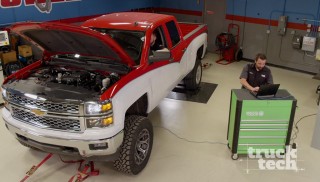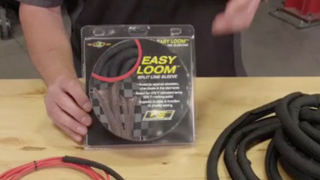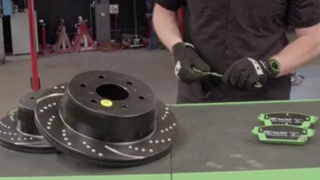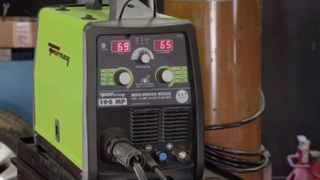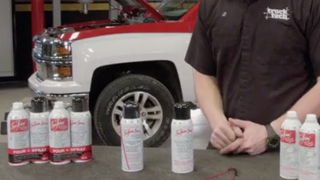
Lifting Big with 8" BDS Coilover Conversion and 35" Tires
We jack up the '14 Silverado and add big wheels, tires, and brake upgrades.
Season 6
Episode 11
First Air Date: June 2, 2019

